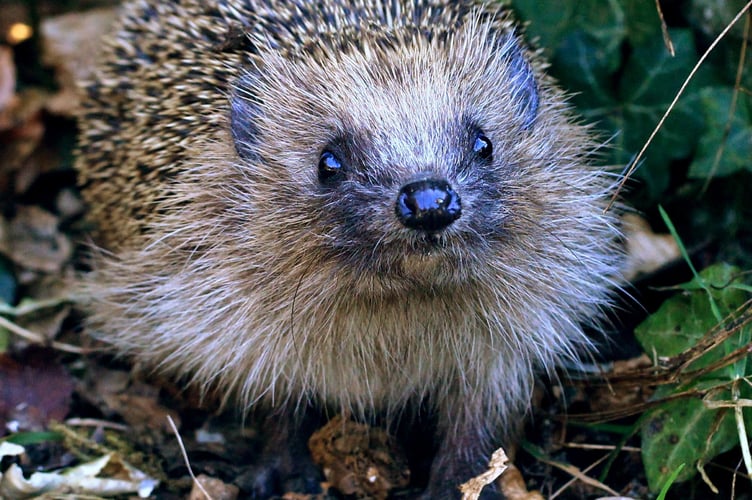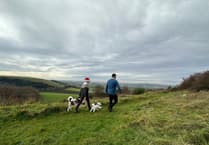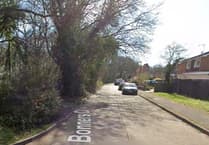
As autumn sets in there are many ways we can help hedgehogs, especially as they look ahead to their winter hibernation.
This prickly creature is Britain’s favourite mammal, according to a Royal Society of Biology poll in 2016. Yet native hedgehog numbers have declined in rural areas by between 30% and 75% nationally since 2000, according to a State of Britain’s Hedgehogs 2022 report, published by wildlife charities People’s Trust for Endangered Species (PTES) and The British Hedgehog Preservation Society (BHPS).
By contrast, the report says urban hedgehog populations appear to have stabilised and might even be starting to recover, after previously falling – but they still need our help.
Hedgehog Street (a joint initiative by PTES and BHPS) says one of the best starting points for those with a garden is to create 13cm x 13cm square holes in or under garden fences – known as hedgehog highways – to connect neighbouring gardens. This is crucial as it allows hedgehogs, which are nocturnal, to move between green spaces searching for food, shelter and mates.
With that ability to move freely, we can provide further help to hedgehogs as they prepare to hibernate over winter by creating leaf piles and compost heaps which can make the perfect nest. Alternatively, a hedgehog house filled with leaves, twigs and natural materials can be provided as a nest option.
Log piles will encourage natural insect food for our prickly friends. Always check for hedgehogs before strimming, mowing and lighting a bonfire.
Hedgehogs will be grateful for food and water, but remember that they should be getting getting most of their nourishment from beetles, caterpillars, worms and slugs. The food you provide is only supplementary.
Don’t offer them bread and milk: bread is low in energy, and they are lactose intolerant so should not be offered cow’s milk.
Hedgehogs love meat-based dog or cat foods, wet or dry, as these are high in the protein they need. To prevent it being eaten by foxes and pets, you could make a feeding station that is difficult for anything larger than a hedgehog to access: see www.hedgehogstreet.org for ideas.
Those without a garden can help hedgehogs by raising awareness of the urgent need to help them. This is highlighted in the first National Hedgehog Conservation Strategy, written jointly by BHPS and PTES and aimed at conservation non-governmental organisations (NGOs), local councils, farmers, land managers and the Government.
Fay Vass, CEO of BHPS, said: “This strategy is a real moment for hedgehog conservation as together we can make real change. We hope it will strengthen existing and ongoing conservation efforts, that industries such as transport, housing development and farming scale-up their conservation work with hedgehogs in mind, and that more people are inspired to help in their own gardens and green spaces.”
We can all help hedgehogs by contacting local councils and developers to highlight the importance of managing public green spaces for hedgehogs and ask that new-build sites are hedgehog friendly.
We can also discuss the ways to help hedgehogs with friends, family, neighbours and colleagues. Becoming a volunteer “spotter” for the National Hedgehog Monitoring Programme, which can be done from your own home, is another way to help: for details visit www.hedgehogstreet.org/nhmp
For more advice and ways to help hedgehogs wherever you live, visit www.hedgehogstreet.org
To read the full National Hedgehog Conservation Strategy, visit www.hedgehogstreet.org/conservation-strategy





Comments
This article has no comments yet. Be the first to leave a comment.